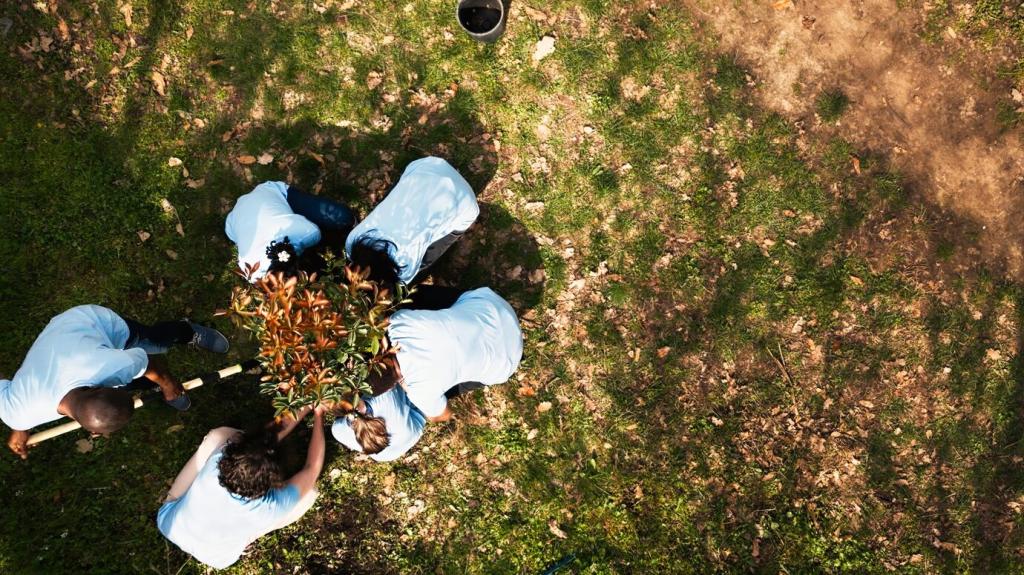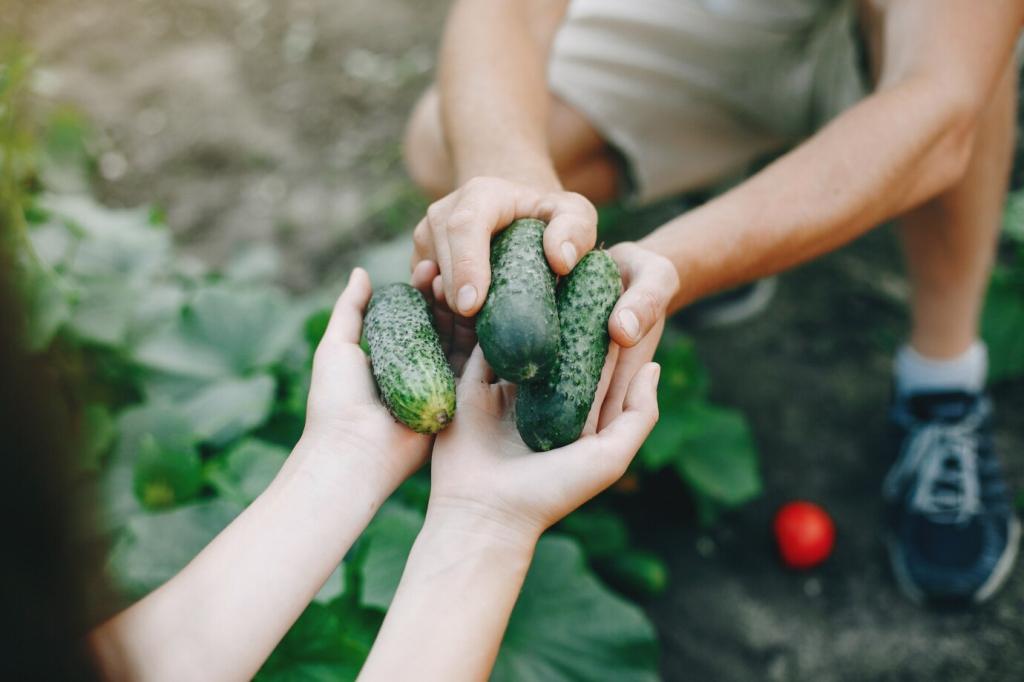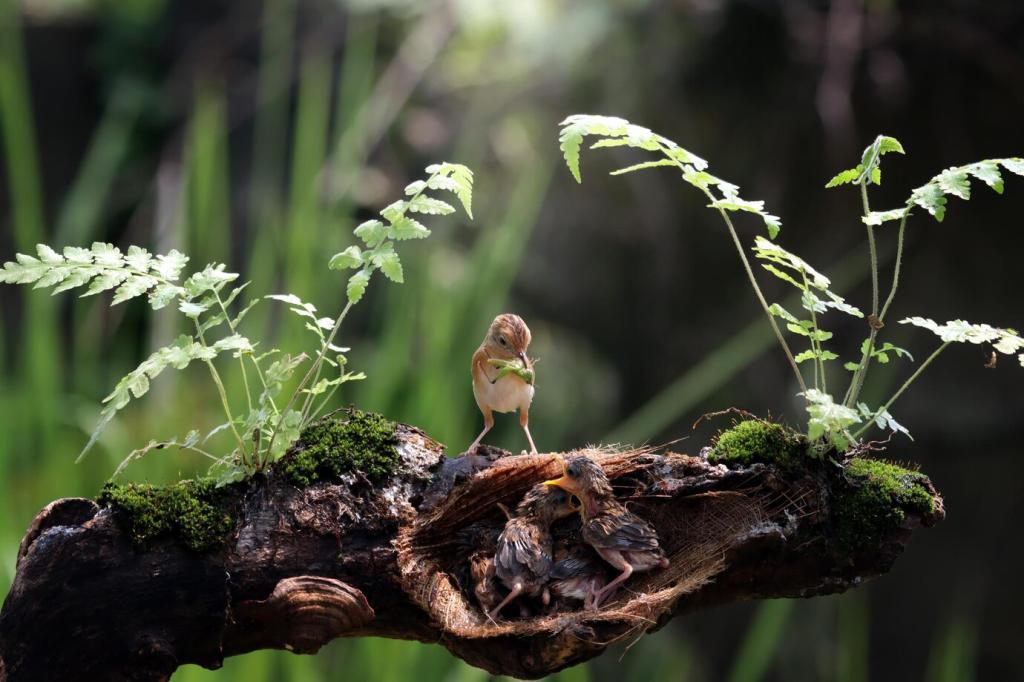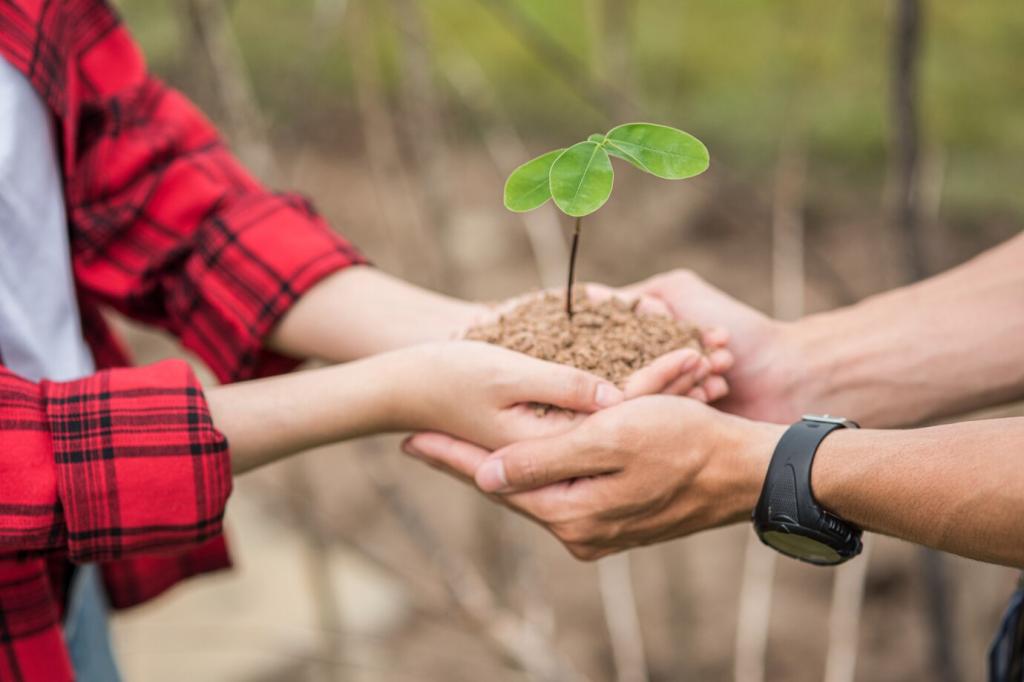Community Engagement that Grows Roots
Host a weekend bioblitz, log observations with simple apps, and watch a species list grow. Data influences budgets and designs. Start with a park, then expand block by block. Post your event date, and recruit volunteers from our subscriber community.
Community Engagement that Grows Roots
Plant pollinator gardens at schools, pair students with mentors, and weave biodiversity into art, math, and storytelling. Children bring ideas home, shifting household habits. Invite a teacher to co-design a lesson, and share the results to inspire other classrooms.
Community Engagement that Grows Roots
Partner with Indigenous leaders and local cultural groups to honor place-based practices and languages. Ensure consent, credit, and compensation. Ask elders about seasonal cues and species relationships. Tell us which voices your project needs, and we will help brainstorm outreach.








